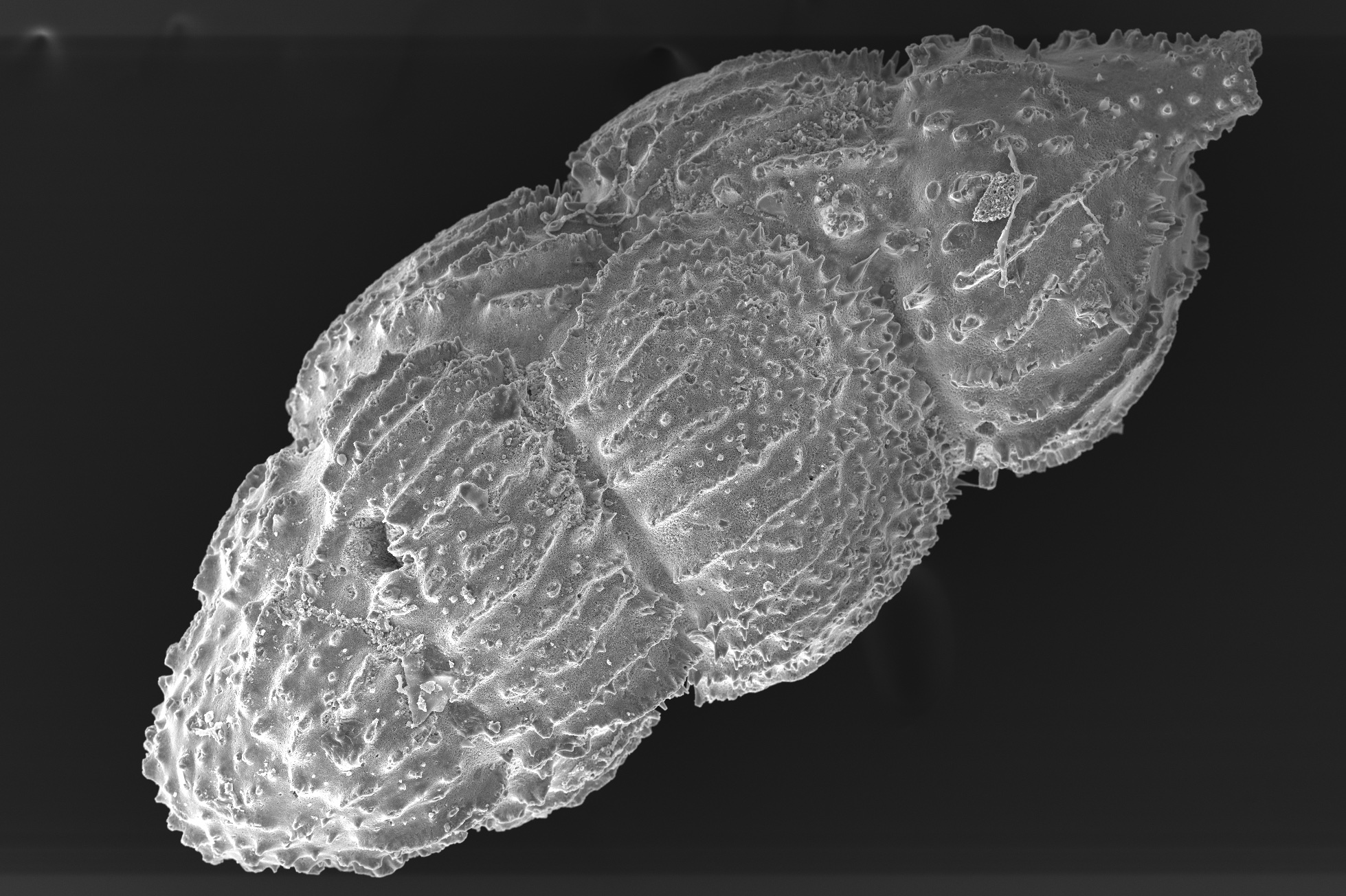We are open to consultancy use of almost all our research grade equipment, however we specialise particularly in those pieces of instrumentation listed below.
ICP-OES
We specialise in ICP-OES analysis of liquid samples. The mixed laboratory standard contains: Ag, Al, B, Ba, Bi, Ca, Cd, Co, Cr, Cu, Fe, Ga, In, K, Li, Mg, Mn, Na, Ni, P, Pb, Si, Sn, Sr, Ti, Tl, Zn. If your sample contains other elements of interest you must make this clear at the point of submission, and we may ask you to provide the necessary standards. In general we can reliably determine concentrations of 0.2 ppm to 80ppm as part of our routine analytical run; for concentrations outside of this range we will advise on the best course of action (including ICP-MS for very low concentrations). Data are reported in ppm in excel format.
Other sample requirements:
- 15 ml sample required (special arrangements required if you have less sample)
- Samples contained in 15 ml centrifuge tubes
- Sample ID numbered from 1,2,3 consecutively
- Samples MUST be in a rack, no sample bags will be accepted
- Samples filtered to 0.45um or less
- 80 samples can be analysed per/day
Elemental analysis
We routinely undertake consultancy analysis for C, H, N, and S in sold materials. We specialise particularly in organic materials and soils/sediments. Data are reported in % in excel format.
Other sample requirements:
- 10 mg or more are preferred. (special arrangements required if you have less sample)
- Sample ID numbered from 1,2,3 consecutively
- 30 samples can be analysed per/day
- Please note that ideally samples should be ground to a dry, relatively fine powder
CT scanning (X-Ray Tomograph)
We can provide high resolution 3D scans for objects of varying sizes, with higher resolutions possible for smaller objects (c. 6 microns is typical). From teeth to artificial hip joints, soil cores, and volcanic pumice, we have scanned it all!
We then provide the client with a set of raw images as well as a processed TIFF stack which can then be processed further in appropriate software. Please note that due to time constraints we do not engage further in data processing beyond the initial generation of a TIFF stack.
We allocate time in half days, as scans usually take at least one hour to complete not including set up time and data handling. We can offer an initial test scan at no cost if you are unsure of whether your needs can be met by our equipment. This also helps to optimise scan parameters.
Other sample requirements:
- Samples must not pose a health and safety risk (e.g. be sharp, or chemically hazardous)
- Samples must be clearly labelled, including a contact and email address
Electron microscopy (SEM)
We have a state-of-the-art electron microscope capable of detailed study at high magnifications of small objects. This has been used in the recent past for the study of teeth, microfossils, plastics, and other materials. Please contact us for further details about use of the SEM.
We generally allocate time in half days due to the time needed to acquire high resolution images, and for sample exchange and gold coating (where needed). Initially SEM use will be guided by a member of the laboratory staff, however for longer projects training in use of the equipment will be considered for those studying for PhDs or QMUL researchers.
